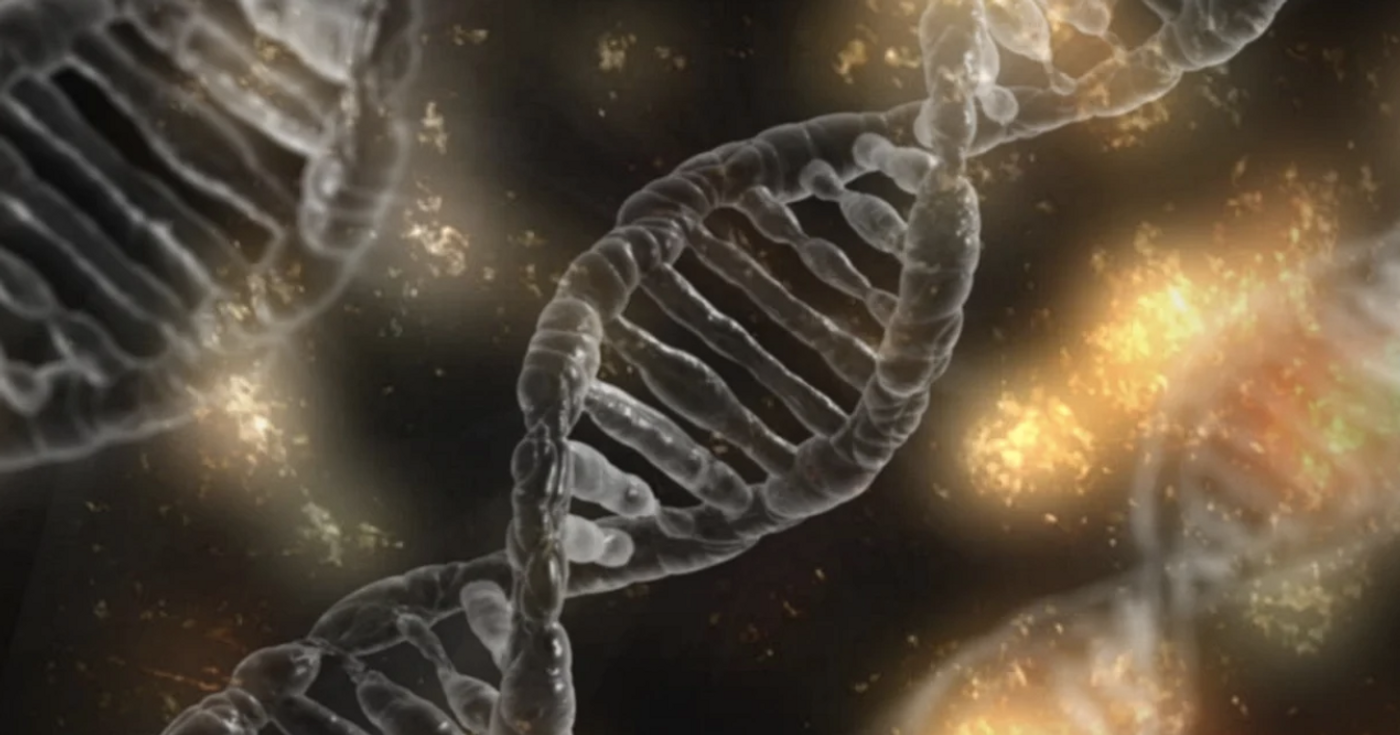Controlling the Epigenome with CRISPRoff & CRISPRon
Some parts of the genome are simple; there are genes that encode for proteins, and if there is an error in one of those protein-coding genes, a disease can arise. But diseases might also be caused by other problems in the genome, such as disruptions that affect the structure of DNA, or errors in chemical tags that help control gene expression, called epigenetics. Researchers have now brought gene-editing technology to the epigenome, which offers a therapeutic path toward treating those epigenetic diseases.
Reporting in Cell, the new epigenome altering tool is called "CRISPRoff" and it works to eliminate the expression of almost any gene, but without making an edit to the letters in the genetic sequence, like typical CRISPR-Cas9 techniques. Instead, CRISPRoff renders a gene inert in a cell, and the gene will stay that way through thousands of generations of new cells derived from that one unless the gene is turned back on with a tool called CRISPRon, which was also created in this work.
This tool may one day be a useful therapeutic tool especially because it's potentially safer than other CRISPR approaches since it doesn't mess with the genome.
"Though genetic and cellular therapies are the future of medicine, there are potential safety concerns around permanently changing the genome, which is why we're trying to come up with other ways to use CRISPR to treat disease," said co-senior study author Luke Gilbert, Ph.D., a professor at UCSF's Helen Diller Family Comprehensive Cancer Center.
CRISPR-Cas9 uses a guide RNA that is customized to identify a specified target in the genome, and that guide directs an enzyme (Cas9) to that site in the genome where the cut has to be made.
CRISPRoff uses an enzyme that can target a site on the genome but won't make any cuts. Instead, it acts on the epigenome. Its target is an epigenetic tag called methylation, in which a methyl group is attached to the genome, considered to be one of the most common epigenetic features. When a methyl tag is linked to a piece of DNA, genes around it are silenced. DNA methylation is a natural process, but the CRISPRon and CRISPRoff techniques have harnessed it.
"Now we have a simple tool that can silence the vast majority of genes," said co-senior study author Jonathan Weissman, Ph.D., a Whitehead Institute member. "We can do this for multiple genes at the same time without any DNA damage, and in a way that can be reversed. It's a great tool for controlling gene expression."
This work may come as a surprise to some; it was thought that methylation only reduces gene activity at locations in the genome where the bases C and G are highly concentrated. These regions are known as CpG islands, and many genes don't have them. Thus, researchers suspected that methylation won't affect genes without CpG islands.
But this study has found otherwise. "What was thought before this work was that the 30 percent of genes that do not have CpG islands were not controlled by DNA methylation," explained Gilbert. "But our work clearly shows that you don't require a CpG island to turn genes off by methylation. That, to me, was a major surprise."
Many features of the epigenome have been shown to be heritable, so CRISPRoff may be applicable in a variety of cases. The study also showed that CRISPRoff not only silences genes for many generations, but it can also do so in maturing stem cells. That could indicate that it has therapeutic potential for disorders that result from one copy of a bad gene.
Sources: AAAS/Eurekalert! via University of California - San Francisco (UCSF), Cell









